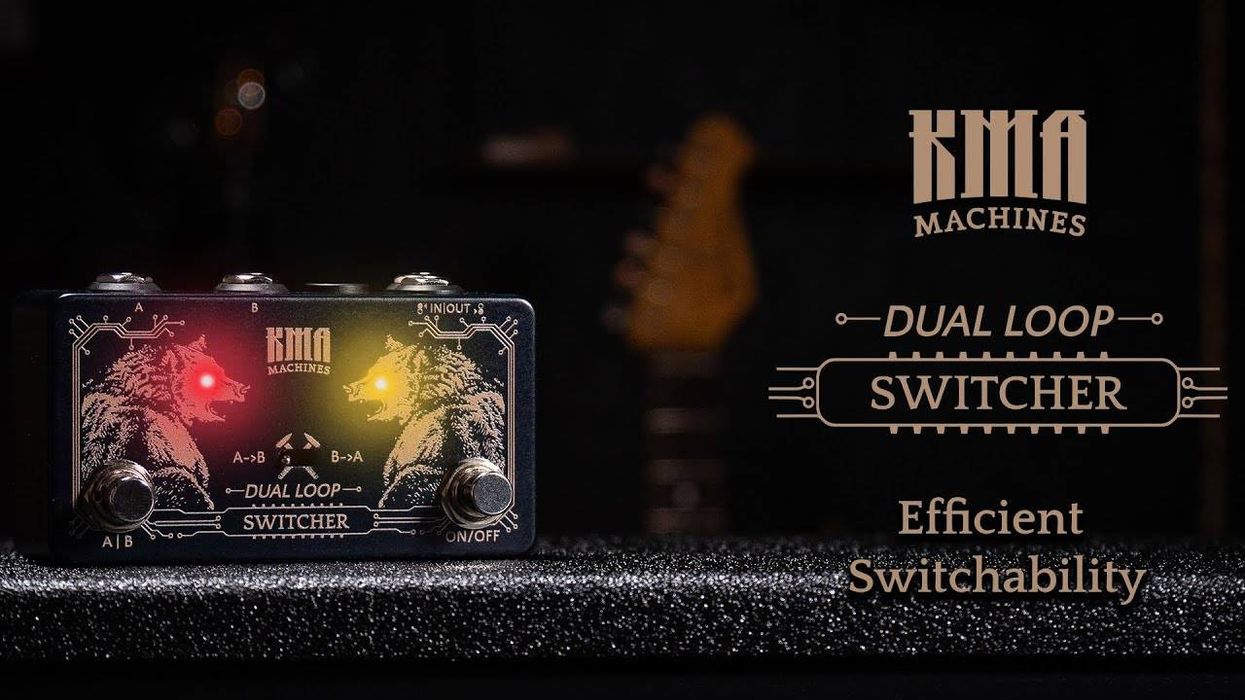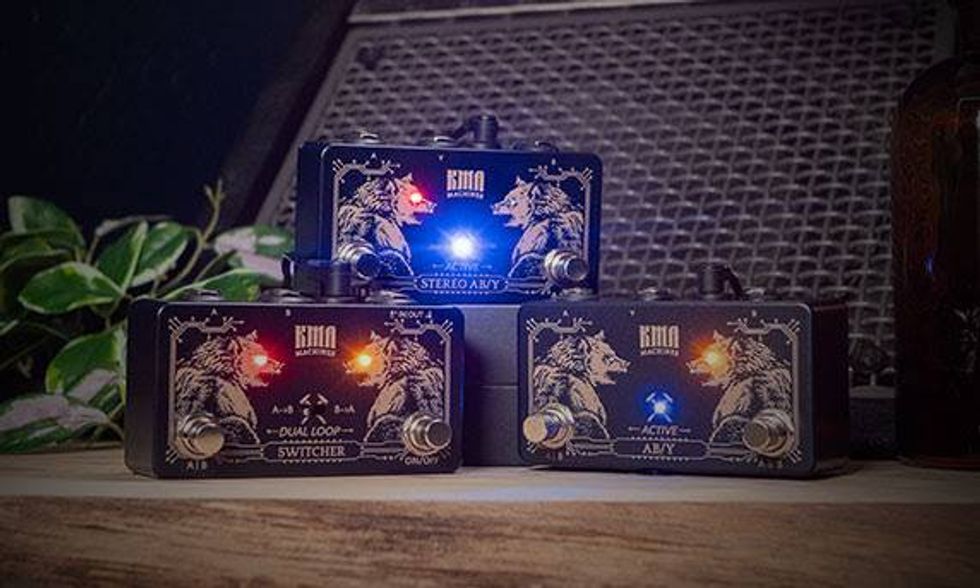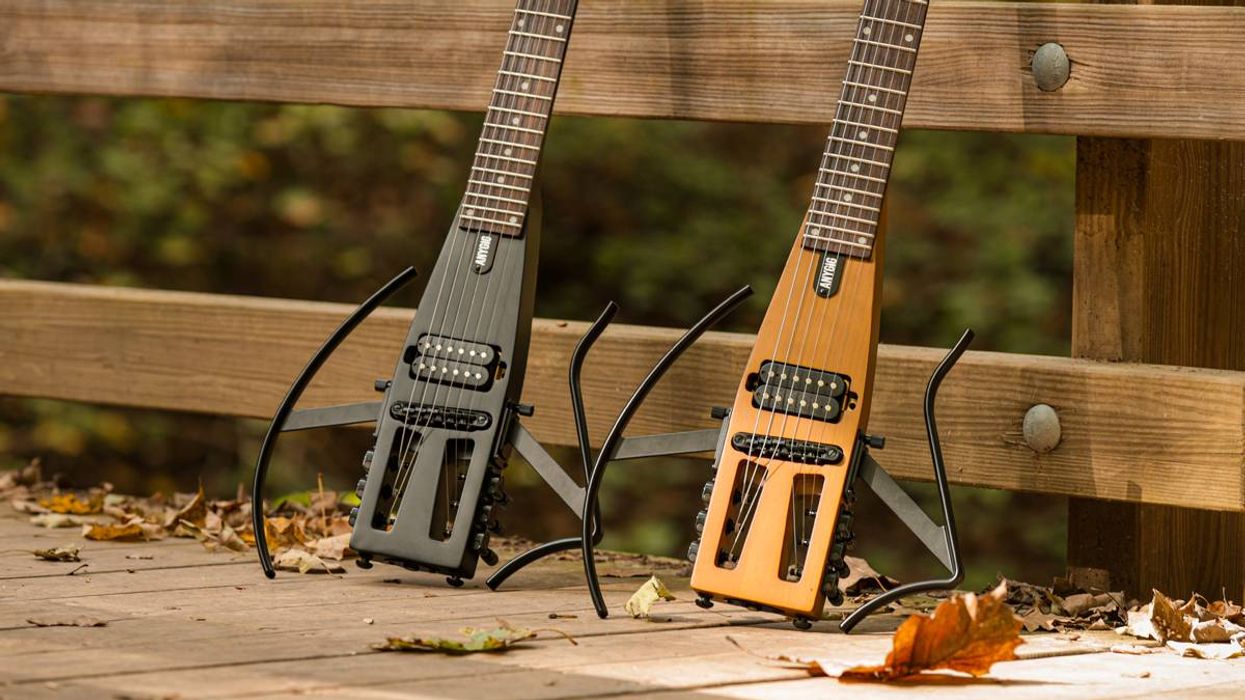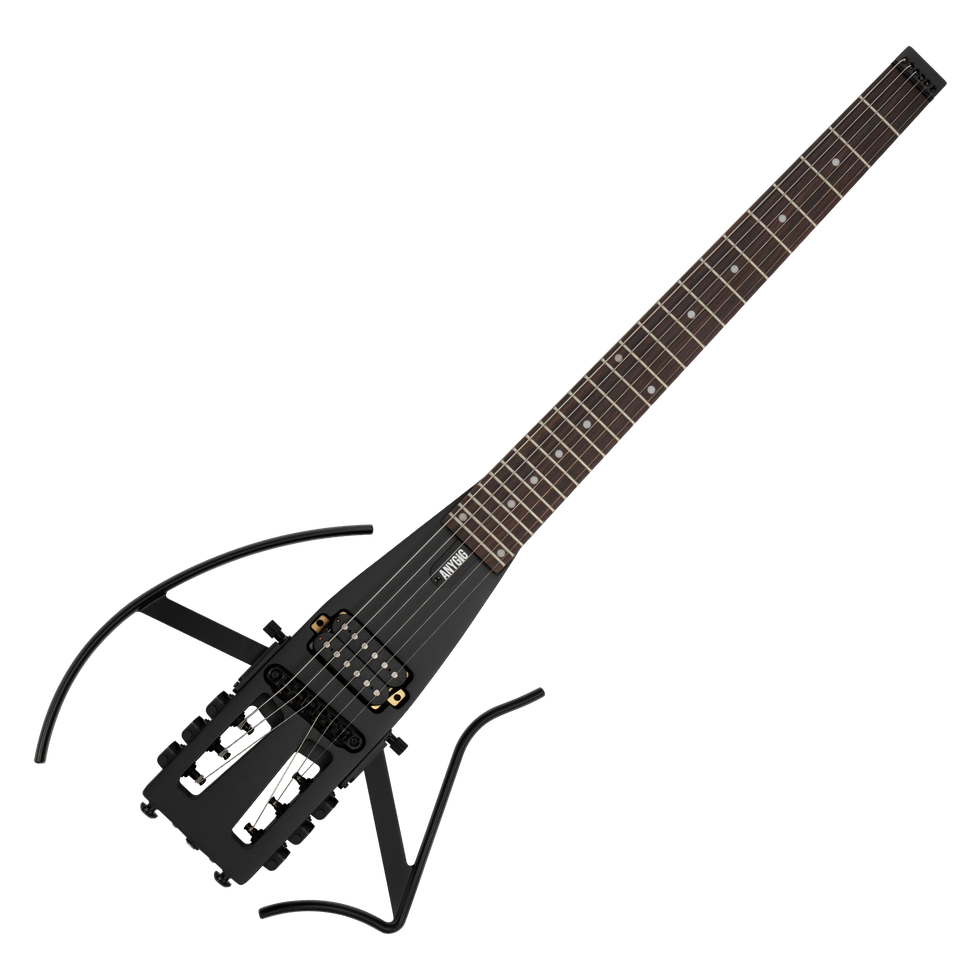What’s up pedal people? The summer semester of “Stomp School” is still in session, so get your pens, pencils, notebooks and patch cables ready – the price of tuition is paying attention to your tone. This month we’re going to begin a discussion of the various methods of bypassing effects pedals. One of the biggest buzzwords that gets
thrown around regarding stomp pedals is “true bypass.” The majority of new, boutique effects these days feature true bypass switching as a matter of course. Going back 10 to 15 years ago, I can recall few guitarists that even considered the effect of bypass switching on their tone. These days it seems all except the most casual players are familiar with the term true bypass. In fact, it has gotten to the point where many players insist that all their pedals must have true bypass switching, without really understanding what it is and why they need it. So let’s start with an explanation of true bypass from my esteemed colleague, Analog Mike:
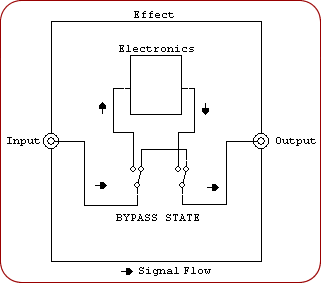 Only effects that skip all of the electronics when off can be considered “true” bypass |
“If you have a ‘stomp switch’ type pedal without true bypass – all MXR pedals, most Electro-Harmonix, most wahs, almost any pre-1980 pedal except a Fuzz Face – you
may lose some high-end when it’s off due to your signal bleeding into the components. If you have an ‘electronic switch’ pedal, it is probably designed well enough that even though it is not true bypass you will not lose any signal, as the signal is properly buffered through active circuitry, even when off.”
Thanks Mike! Although many guitarists may be somewhat savvy when it comes to electronics, others are probably not, so it may not be immediately apparent what type of
switching is being used in their favorite pedals. Let’s see if Mike can clear that up for us:
“In Ibanez and BOSS-type pedals, which use electronic switching, the signals do not go straight through a wire when they are off; they go through some components (opamps and/or transistors). You can tell effects of this type because you will get no signal through when the battery is out. Also, they do not use a stomp on/off switch, but a momentary contact switch, which switches the signal electronically rather than mechanically like the old stomp switches. Although they are not ‘true bypass,’ this type of effect, if properly designed, will not load or affect your signal much when the effect is off. They can actually help your signal when off. For example, if you use a long patch cord, they act as a signal buffer.
“Most vintage MXR and Electro-Harmonix pedals are not true bypass either, but do use a direct wire to bypass the signal when they are off (they will pass the signal in the off position without a battery). But nearly all MXR and Electro-Harmonix effects use a single pole, double throw (SPDT) switch with only three terminals, as it is cheaper than the six-terminal double pole, double throw (DPDT) switches. These are not true bypass. This means that when the effect is off, the guitar signal will go directly to the output jack but is still connected to the input of the effect’s circuitry. Some of the signal is lost this way, a bit like turning down your tone control on your guitar.”
Thanks again, Mike. As an aside, I would add that these days most of your favorite boutique stompboxes use a 3PDT switch to allow for the addition of an LED, as well as true bypass switching. Well, that’s a wrap for now. Check back with us next month when we’ll continue discussing the “Truth About Bypass.” Until then, keep on stompin’!
Tom Hughes
(a.k.a. Analog Tom) is the owner and proprietor of For Musicians Only (formusiciansonly.com) and author of Analog Man’s Guide To Vintage Effects. For Musicians Only is also the home of the FMO Gear Shop. Questions or comments about this article can be sent to: stompschool@formusiciansonly.com
Analog Man
(analogman.com) is one of the largest boutique effects manufacturers and retailers in the business, established by “Analog” Mike Piera in 1993. Mike can be reached at AnalogMike@aol.com






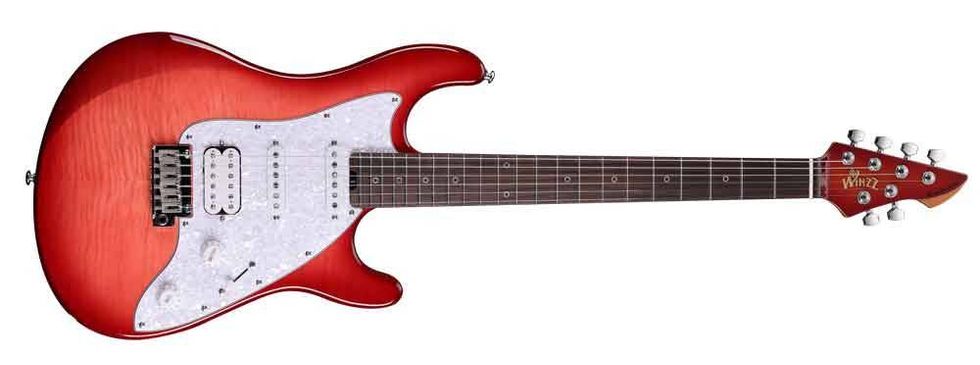
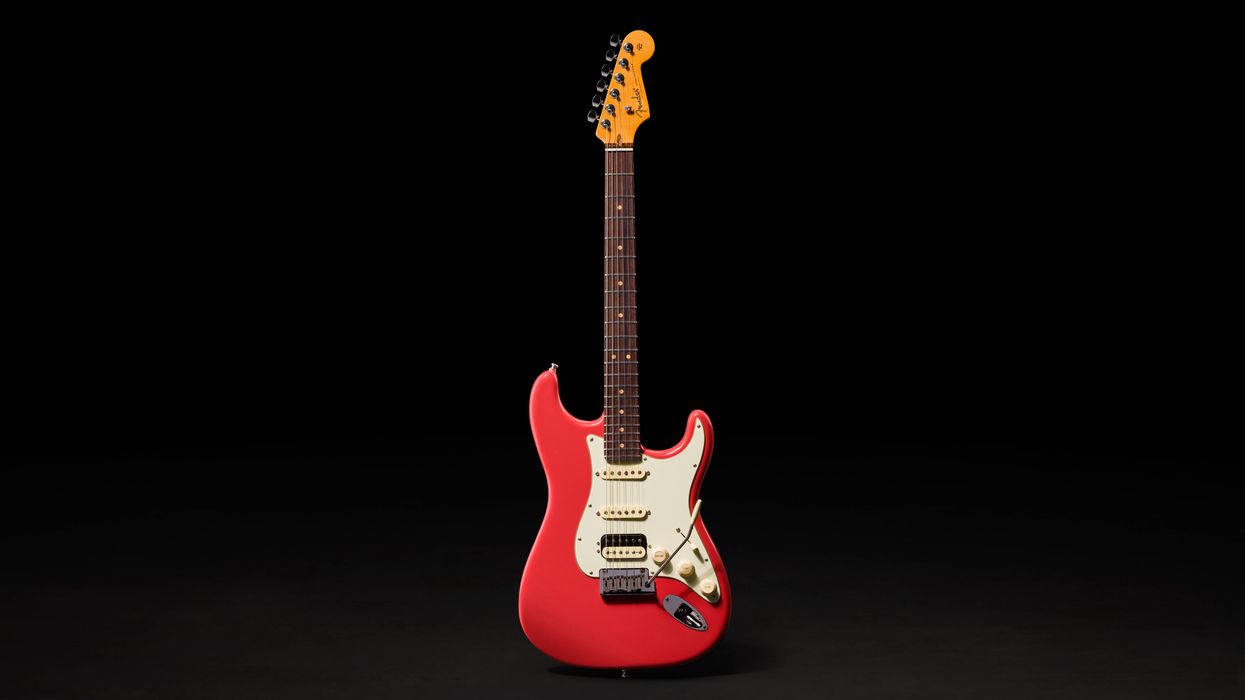
![Rig Rundown: AFI [2025]](https://www.premierguitar.com/media-library/youtube.jpg?id=62064741&width=1245&height=700&quality=70&coordinates=0%2C0%2C0%2C0)
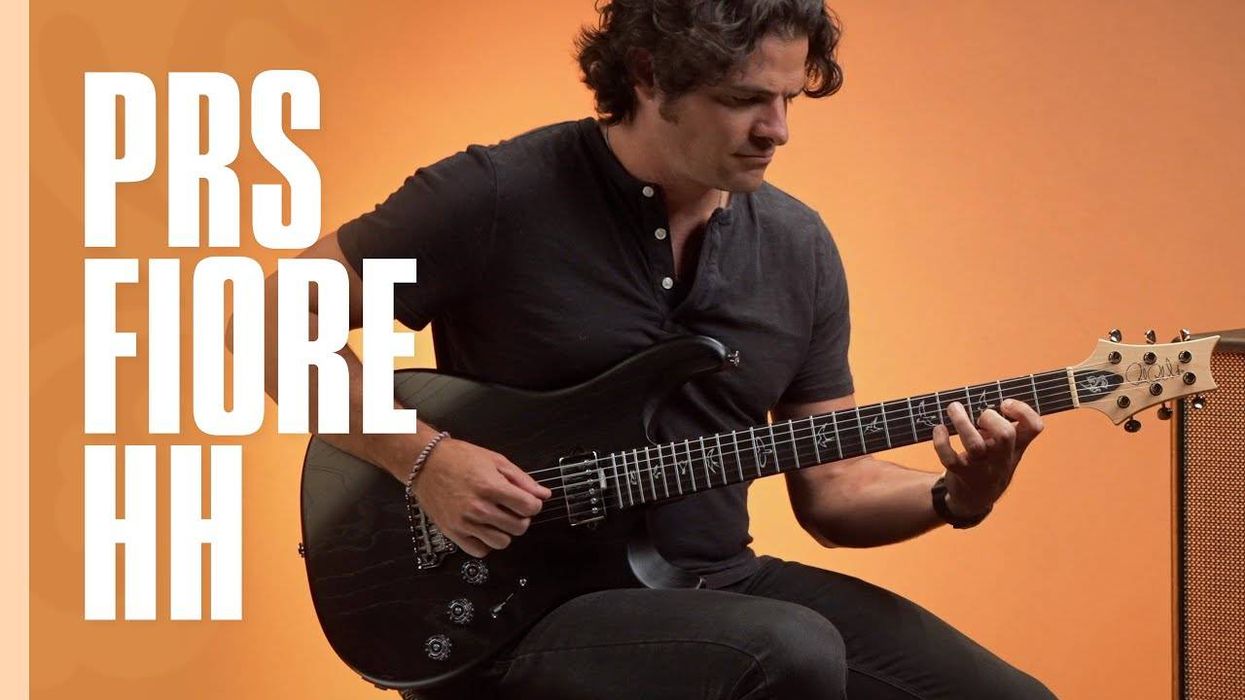

![Devon Eisenbarger [Katy Perry] Rig Rundown](https://www.premierguitar.com/media-library/youtube.jpg?id=61774583&width=1245&height=700&quality=70&coordinates=0%2C0%2C0%2C0)



